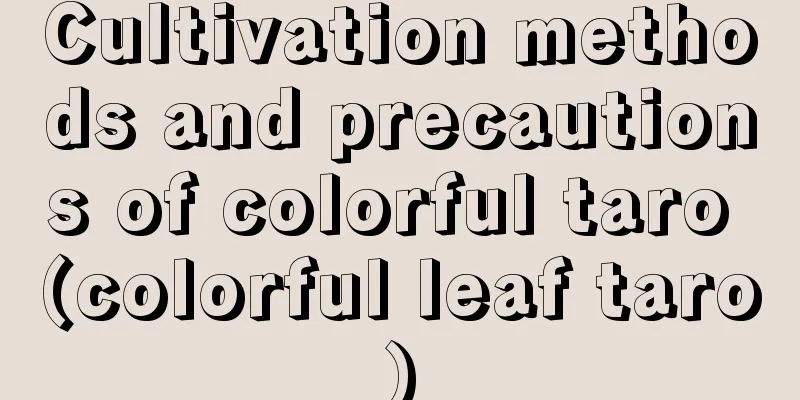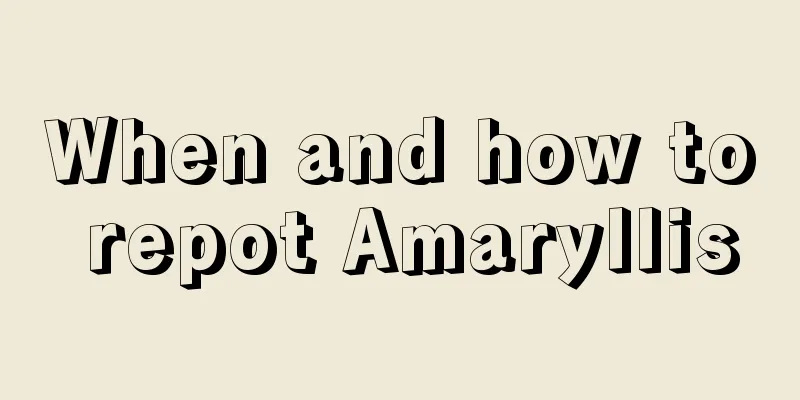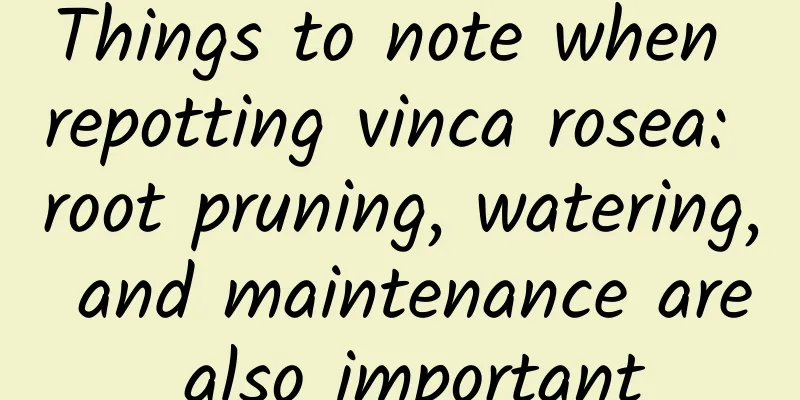How to remedy the yellowing of Phalaenopsis leaves?

|
If the leaves of the Phalaenopsis orchid you are keeping at home turn yellow, you should first carefully observe whether the leaves have become soft or show any signs of decay. If only the old leaves at the bottom of the plant gradually turn yellow and dry, and the yellowing starts from the tip of the leaf and gradually spreads to the base of the leaf, this is usually the natural aging process of the leaves. So what is the reason why Phalaenopsis leaves turn yellow? 1. Normal aging of yellow leaves If the bottom leaves of Phalaenopsis turn yellow naturally, and only one old leaf appears dry and yellow, this is normal metabolism. Just wait until the leaves are completely withered and remove the remaining leaves in time. The normal yellowing process of leaves is slow, especially for plants with larger leaves such as Phalaenopsis, which will gradually return some nutrients to the main body of the plant. 2. Abnormal yellow leaves Excessive watering, waterlogging in sphagnum moss, using an inappropriate substrate, a stuffy environment, or fungus growth may cause the leaves to turn yellow and rot. If the leaf yellowing is rapid, with the entire leaf quickly turning yellow and rotting, it should be treated immediately, even if the plant is still flowering. It is recommended to cut off the flower stems to reduce nutrient consumption and remove the plant from the pot in time, which is usually a sign of root rot. 3. Problems in dealing with sphagnum moss When Phalaenopsis orchids are grown in nurseries , they are often wrapped in sphagnum moss. As the plant grows, remove the old sphagnum moss in the center and rewrap it. For the sake of convenience, some people directly wrap new sphagnum moss around the old one. Although this saves trouble, it may easily cause problems later because the shelf life of sphagnum moss is usually only one or two years. Be careful when removing the Phalaenopsis from the pot. Gently pinch the nutrient pot to easily remove the Phalaenopsis. If the container is difficult to remove, you can cut off the nutrient pot to protect the roots. If the sphagnum moss is too dry, soak it in clean water for 10-20 minutes, then it can be easily removed. When you use sphagnum moss to pot, do not press it too tightly to avoid affecting the air permeability of the roots and causing water accumulation. 4. Tips for dealing with root rot After removing the plant from the pot, check the root system, cut off the withered and shriveled roots, and keep the harder roots. Pay special attention to the milky white roots. If they rot easily when squeezed, they need to be cut off in time. If only the roots are rotten, after cutting off the rotten roots, you can soak them in a solution of carbendazim for half an hour, then wash them and re-pot them with new sphagnum moss. If there is no fungicide, rooting solution or diluted hydrogen peroxide (3%-5%) can be used instead. 5. Notes on repotting When repotting, fill the space between the roots with sphagnum moss and plant in a suitable container. Avoid using pots that are too large. It is best to choose transparent containers with good drainage holes at the bottom. 6. Treatment of main stem rot If the main stem turns black and rots, if it is only a small part, cut off the rotten part and soak it in a sterilization solution, then put it back in the pot after half an hour. 7. Treatment of greening of roots The healthy roots of Phalaenopsis should be green. They originally grow on trees with exposed roots and participate in photosynthesis. If the roots turn green, there is no need to prune them as long as they are not withered or shriveled. During maintenance, part of the roots can be left exposed to promote respiration and avoid root rot. To summarize, you can first determine the main reasons for the yellowing of Phalaenopsis leaves, and then take specific actions to effectively deal with the problem of yellowing Phalaenopsis leaves and promote its healthy growth.
|
<<: The causes and solutions of yellowing leaves of bougainvillea
>>: When should nasturtium be planted?
Recommend
Characteristics of Camellia
1. Appearance characteristics There are records o...
To the fruit pots she planted, I wanted to throw all my flowers away!
1. Watermelon potted plants 1. Clean the watermel...
Causes and treatments for yellow peony leaves
1. Improper watering 1. Reason: Improper watering...
Where and where do morels grow (growth environment requirements)
The surface of Morchella is uneven and looks like...
How to grow peach trees on the balcony and what to pay attention to
1. Lighting Issues Peach trees naturally need sun...
How to propagate the variegated leaf ball orchid
1. Cutting propagation The most commonly used met...
How to prune the roots of Lithops
1. Root repair is required The newly bought litho...
When is the right time to sow succulents?
Succulent plant planting time Succulents belong t...
How to propagate coral vine
Seed propagation Spring and summer are the best t...
What varieties of white anthurium are there?
Green Giant White Palm Also known as silver-bud t...
How to divide and cultivate Saxifrage and what are the propagation methods?
1. Division method 1. Division time: If you want ...
There are many flowers you can not grow in spring, except this one, if you don’t grow it, you will lose a lot!
Mint grows well only when there is enough sunligh...
When to plant peanuts?
Peanuts are the most important agricultural crop ...
Why doesn't Clivia like to grow
1. No repotting If the Clivia does not grow well ...
Potato Frost and Freeze Protection Technology
The temperature is low in winter and potatoes are...









